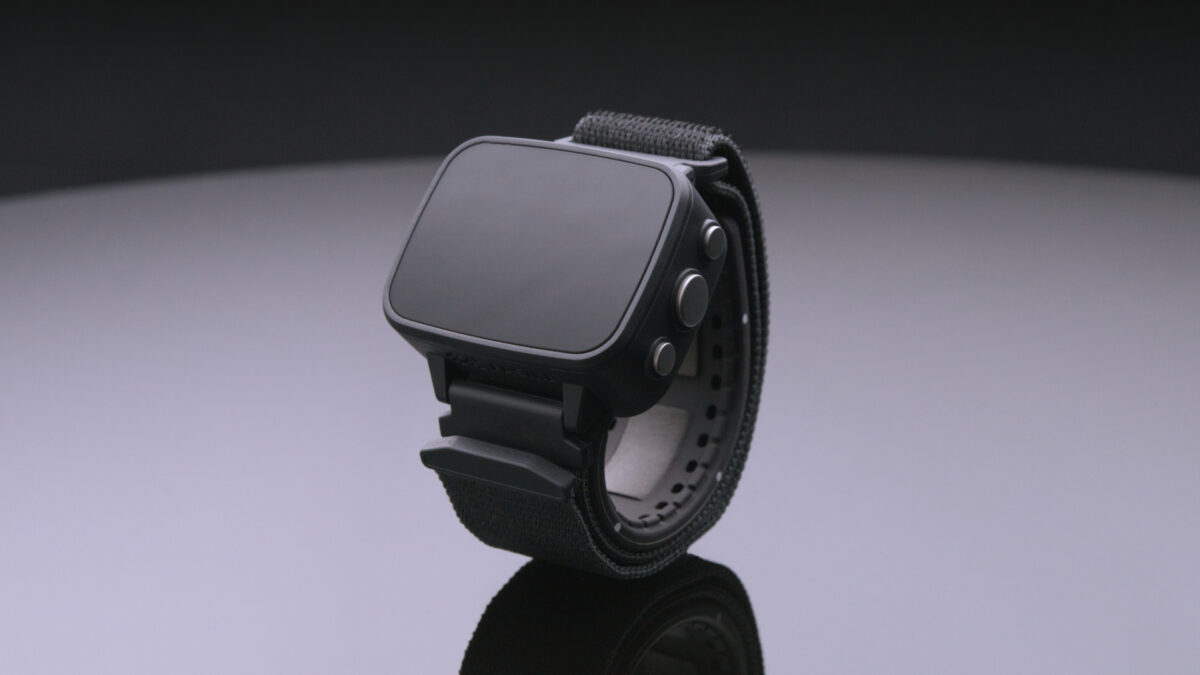The US Food and Drug Administration (FDA) has granted marketing authorization to Virtual Incision’s MIRA Surgical System, recognized as the world’s first miniaturized robotic-assisted surgery (miniRAS) device.
The device is authorized for use in adult colectomy (treatment of colon diseases) procedures.
The MIRA Surgical System is designed for quick operating room readiness, weighs less than one kilogram and features a compact, tray-to-table setup that could revolutionize accessibility to robotic surgery.
The device is portable, and its design greatly reduces setup times as the operating room doesn’t have to be organized around the device, which is a challenge with current surgical robots.
MIRA’s innovative design could enable any operating room to be robot-ready within minutes, expanding the use and effectiveness of minimally invasive surgery (MIS) techniques like robotic surgery that offer surgeons more precision and control, and patients less pain, complications and shorter recovery times.
Despite the advantages of MIS and robotic-assisted surgery, approximately 90 percent of US operating rooms are still without access to the technologies, mainly due to complex logistics and substantial costs.
Virtual Incision, headquartered in Lincoln, Nebraska, has been working to simplify robotic-assisted surgery, aiming to make it more accessible to patients and surgeons alike. The company developed the MIRA Surgical System as a first-of-its-kind miniature robotic-assisted surgery system, holding over 200 patents and patent applications.
MIRA’s authorization was announced at the SAGES 5th Annual Next Big Thing Innovation Weekend in Houston last week.
XTALKS WEBINAR: Electromagnetic Compatibility and Radio Compliance for Medical Devices
Live and On-Demand: Wednesday, April 24, 2024, at 11am EDT (4pm BST/UK)
Register for this free webinar to gain insights into factors that need to be considered when designing a medical device as well as obtain guidance on electromagnetic compatibility regulatory requirements.
The MIRA system’s small, sleek form is designed to offer the benefits of robotic-assisted surgery during colectomy procedures without the logistical inefficiencies associated with traditional mainframe robotics. Its easily accessible design offers internal triangulation with shoulders, arms and infinite wrist roll inside of the body, making it quick to set up, clean up and move between cases.
The robotic-assisted surgery device was submitted via the FDA’s De Novo Classification Process, which provides a pathway to Class I or Class II classification for medical devices with no current legally marketed predicate device.
The authorization was based in part on findings from the company’s US Investigational Device Exemption (IDE) clinical study.
“Today marks a turning point in surgical robotics as we have hit a significant milestone in making miniaturized robotic surgery a reality,” said Virtual Incision’s CEO John Murphy in a statement from the company. He added that, “Whether as a complement to the existing mainframes or as a stand-alone platform, miniaturization has the potential to accelerate the adoption of robotic-assisted surgery.”
By introducing a new category of miniaturized robotic-assisted surgery devices, Virtual Incision’s MIRA system could potentially expand the market by making robotic surgery more accessible to healthcare facilities without the need for dedicated operating room space or specialized staff.
Related: iTind Procedure Offers Long-Lasting Treatment for Enlarged Prostate
The global surgical robotics market was estimated to be worth $3.92 billion in 2023 and is expected to reach around $25.7 billion by 2032, growing at a compound annual growth rate (CAGR) of 15.7 percent during the forecast period from 2023 to 2032. The market is being driven by the increasing adoption of minimally invasive surgeries including robotic systems, the rising prevalence of chronic diseases and the growing aging population.
The market is currently led by Stryker’s Mako robots which offer advanced robotic platforms for minimally invasive surgery. Intuitive Surgical, with its da Vinci systems, is also a notable name in the space.
Virtual Incision plans to begin commercialization of MIRA through its First Access Program in select centers across the US, with plans for broader commercialization and expansion into other surgical areas such as gynecology, general surgery, urology and other soft tissue and solid organ surgeries.
Studies of MIRA in gynecological procedures are planned for 2024, and a new iteration of the technology tailored to general surgery is expected to be used in a first-in-human study outside the US later this year.
As the global surgical robot market continues to expand, the introduction of miniaturized systems like MIRA could play a crucial role in transforming surgical care and outcomes for millions of patients worldwide.












Join or login to leave a comment
JOIN LOGIN